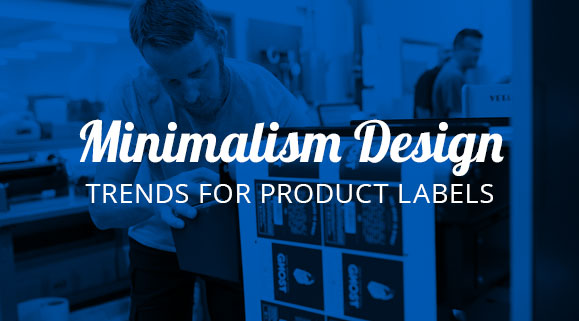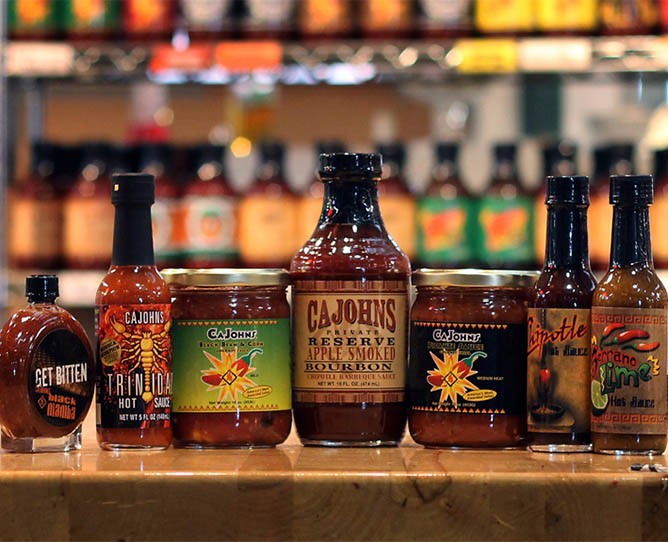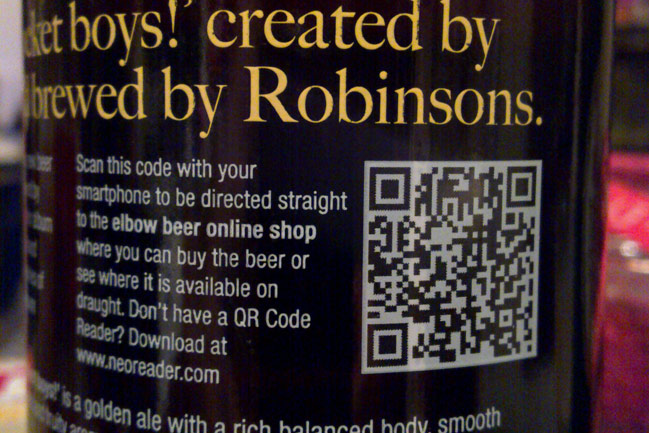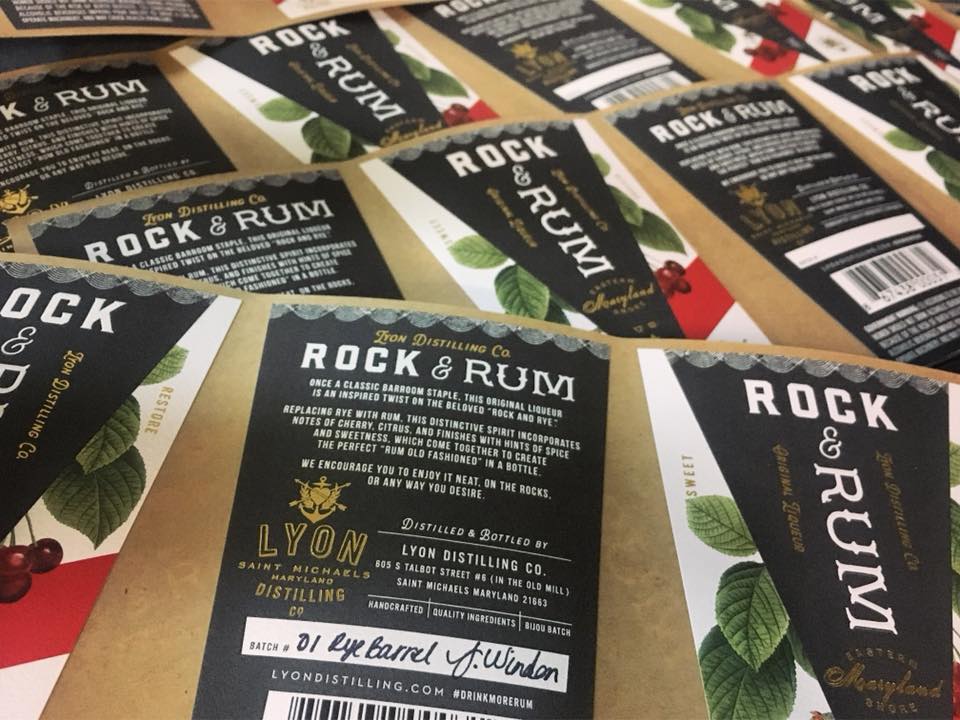Digital Printing and Label Inventory Management
- digital printing
- Inventory Management
- Labels
- Packaging
Inventory management is tough. There are plenty of business service firms out there that would have you believe they can solve your inventory problems, from ERP software, to consultants, to RFID tracking, but the reality is that inventory problems can’t be ‘solved.’ There will always be a tradeoff between keeping too much on hand so you never run out, which increases the chance of spoilage or obsolescence, or you’ll keep too little on hand, increasing the chance of stock outs and unmet demand. This is inventory management’s inherent tradeoff, and every business owner has to make the tough choice of what risk he or she prefers. As printers, we can’t solve your inventory problems for you, but we can make the decision easier. Digital print production allows printers to tailor a label and packaging solution to meet your unique inventory needs. Here is a broad overview of how digital printing makes inventory management easier.
Minimize forecast errors
Forecasting is extremely helpful in planning inventory levels. But as good as your algorithms and spreadsheets are, there are events that are impossible to predict, maybe your new lip balm line is featured by Vogue, maybe one of your ingredients is no longer available due to a natural disaster, or any of the myriad things that happen when you’re running a business. There is no way to fully protect yourself from these occurrences, other than lowering your exposure. This means ordering only the supplies you need, when you need them. When using flexographic printing, producers have to buy large quantities of labels in order to get better unit costs. A manufacturer might have as much as six months worth of labels on hand. Digital printing doesn’t have any setup costs; so smaller runs are not only more economical, they’re usually cheaper. If you make the switch to digital printing, you can set intervals to purchase labels (weekly, monthly, quarterly, or whatever fits your business). Since there are no changeovers, multiple SKUs can be produced in the same on the same purchase order with no plate fees or setup costs. This shortens the window of prediction; you only have to order a month’s worth as opposed to trying to guess what will be happening a half a year down the road. If you can lower your exposure, you also reduce the risk of getting stuck with obsolete labels.
Experiment
Launching a new product is a big investment. Once you’ve put all the R&D into a new product, you have to figure out distribution, market it, decide how to produce it, and then source packaging. A digital printer can make one of those things easier, the packaging. A big limitation we’ve seen in launching a new product is sourcing high quality packaging in small quantities. Digital printing allows you to start small, because there are no plates or setup costs, and scale production up as the product takes off. When a new product is being launched to accompany an existing product line, being able to match the new product with brand identity of overall product line is very important. Most digital printers will be able to match the exact color of existing packaging, so your new addition blends in seamlessly.
Smooth Packaging Spending
Labels don’t make interest. If you keep your labels in the warehouse for a year you won’t open the boxes up to find 7%-13% (depending on the economy) more of them. Putting money into label inventory before you need it takes away cash that could be working for you elsewhere, investment accounts, capital projects, marketing, etc. In the age of on-demand everything, why shouldn’t your labels be on demand as well? Since digital printing doesn’t require setups, a good digital printer can produce your order in 3-5 days. Since digital printing allows for small runs and fast turnarounds, you can order smaller quantities at evenly spaced intervals to better control label spending and keep the optimal amount in inventory. Keep your label spending to a minimum, buy exactly what you need for the month, or even week, and don’t tie up excess capital in boxes of product labels sitting on shelf.
Photo Credit: greenplasticamy




